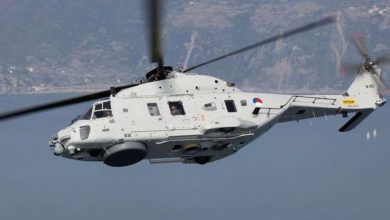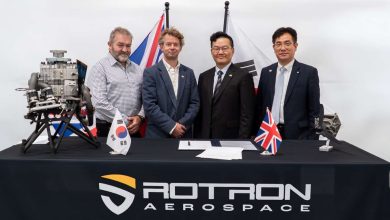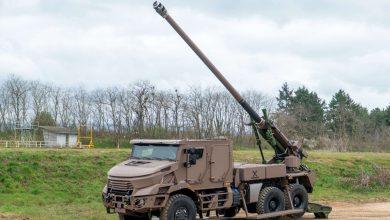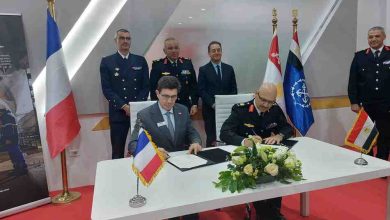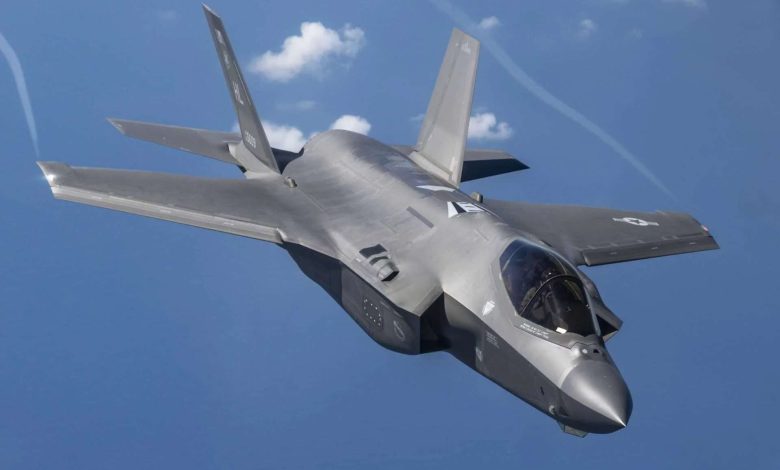
Lockheed Martin and F-35 JPO Strike Innovative Partnership for Next-Gen Aircraft Manufacturing!
Lockheed Martin alongside the F-35 Joint Program Office (JPO) has achieved an agreement for the fabrication and transfer of as many as 296 F-35 Lightning II fighter jets under Lots 18 and 19.
Initial deliveries are expected to begin in 2026, with the acquisition encompassing aircraft for the U.S. armed forces, allied nations, and international military sales customers.
This deal will also bolster the worldwide F-35 fleet, which is presently utilized by over a dozen nations, including Germany, Denmark, and Poland.
F-35 Variants
The F-35 Lightning II is a fifth-generation multipurpose stealth fighter available in three primary variations tailored to different operational requirements:
- F-35A (CTOL): The conventional takeoff and landing version, extensively adopted by the U.S. Air Force and partner countries, designed for operations from standard airstrips.
- F-35B (STOVL): This version, featuring short takeoff and vertical landing capabilities, can be launched from basic airstrips and amphibious assault ships. It’s in service with the U.S. Marine Corps, the United Kingdom, and Italy.
- F-35C (CV): Specifically developed for aircraft carrier operations, this variant is equipped for catapult launches and arrested recoveries. It exclusively serves with the U.S. Navy as its first stealth fighter for carrier air wings.
General Features
Powered by a single Pratt & Whitney F135-PW-100 turbofan engine generating up to 43,000 pounds (19,500 kg) of thrust, the F-35 Lightning II integrates speed, stealth technology, and payload versatility.
- Dimensions: Wingspan of 35 feet (10.7 m), length measuring 51 feet (15.7 m), and a height of 14 feet (4.3 m).
- Performance: Maximum velocity of Mach 1.6 (1,200 mph / 1,930 km/h), with a range surpassing 1,350 miles (2,175 km) on internal fuel, extendable through aerial refueling.
- Weight & Fuel: Maximum takeoff weight is 70,000 pounds (31,750 kg), with an internal fuel capacity of 18,498 pounds (8,390 kg).
- Payload: Capable of accommodating up to 18,000 pounds (8,160 kg) of munitions, stored internally for stealth missions or externally for extensive mission needs.
Designed for single-pilot operation, the F-35 incorporates advanced avionics, sensor integration, and network capabilities, empowering it to conduct a wide array of missions ranging from air superiority and strike missions to intelligence, surveillance, and reconnaissance (ISR).



